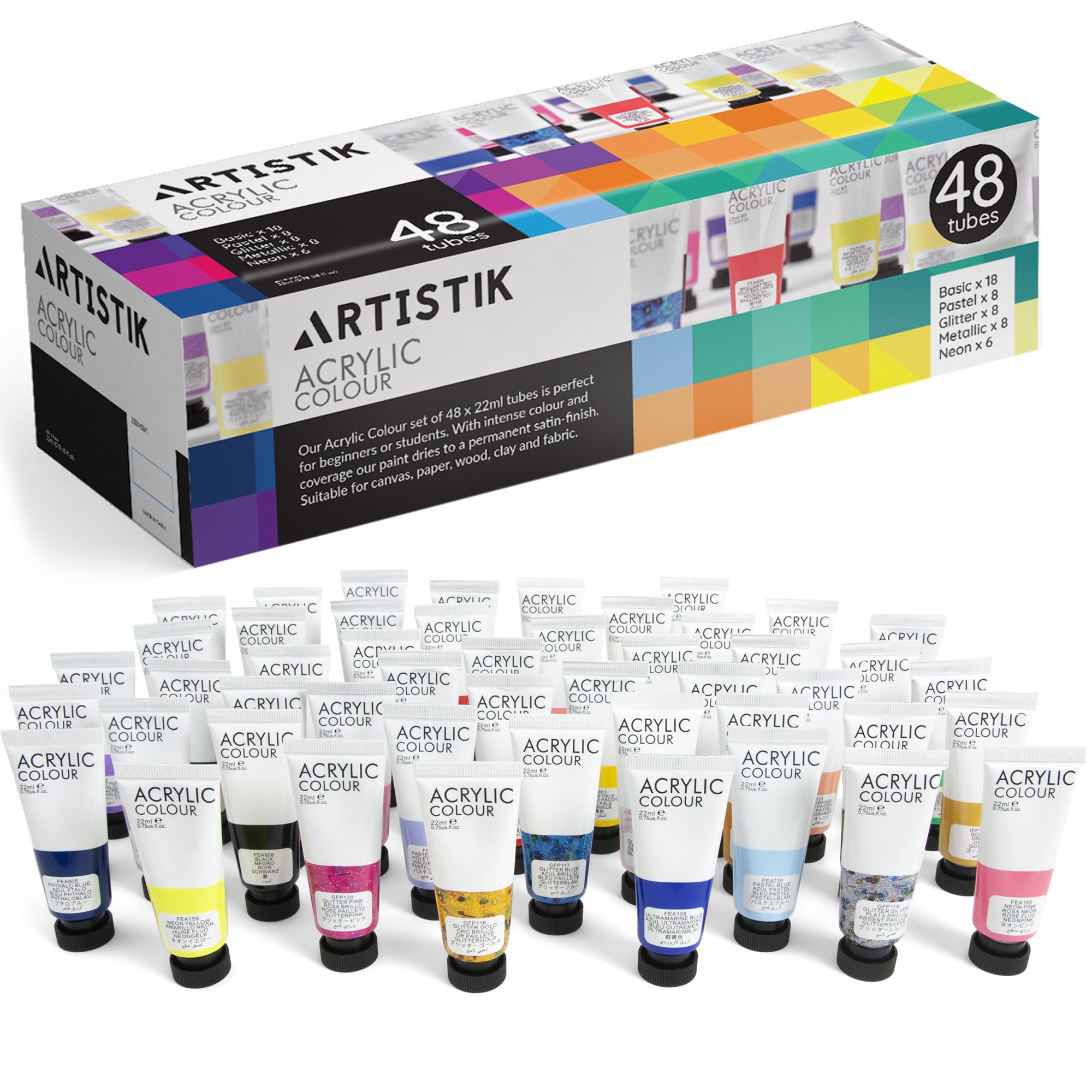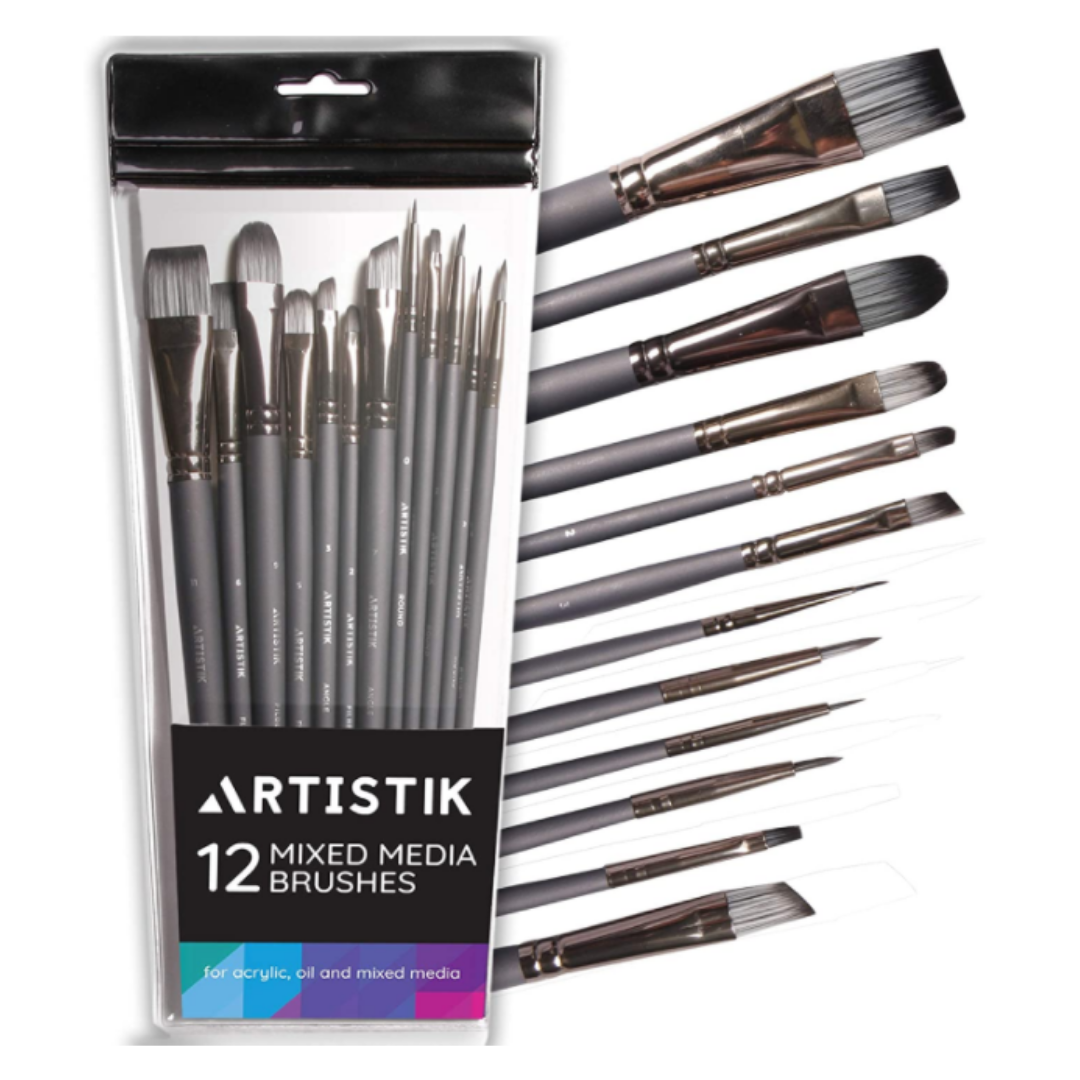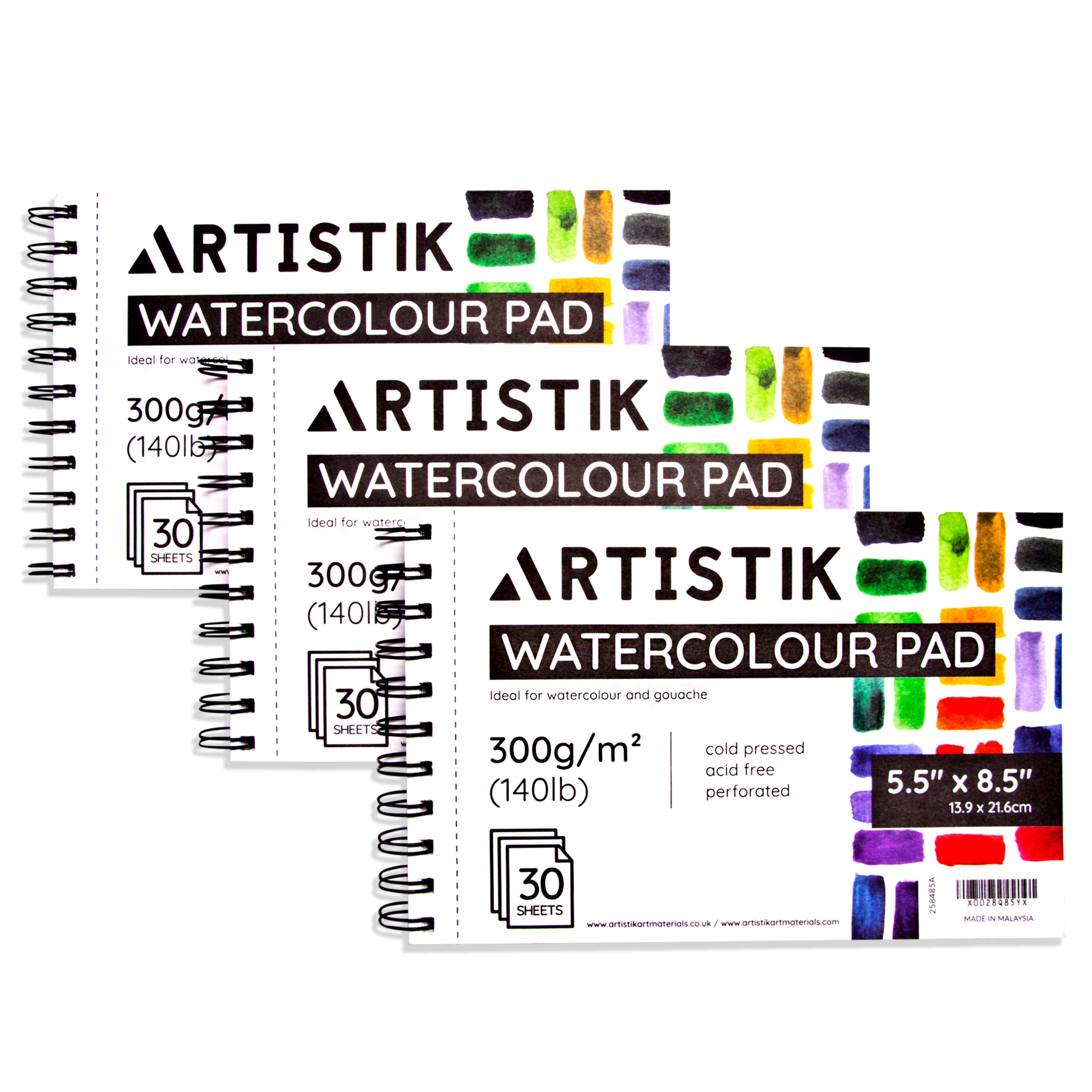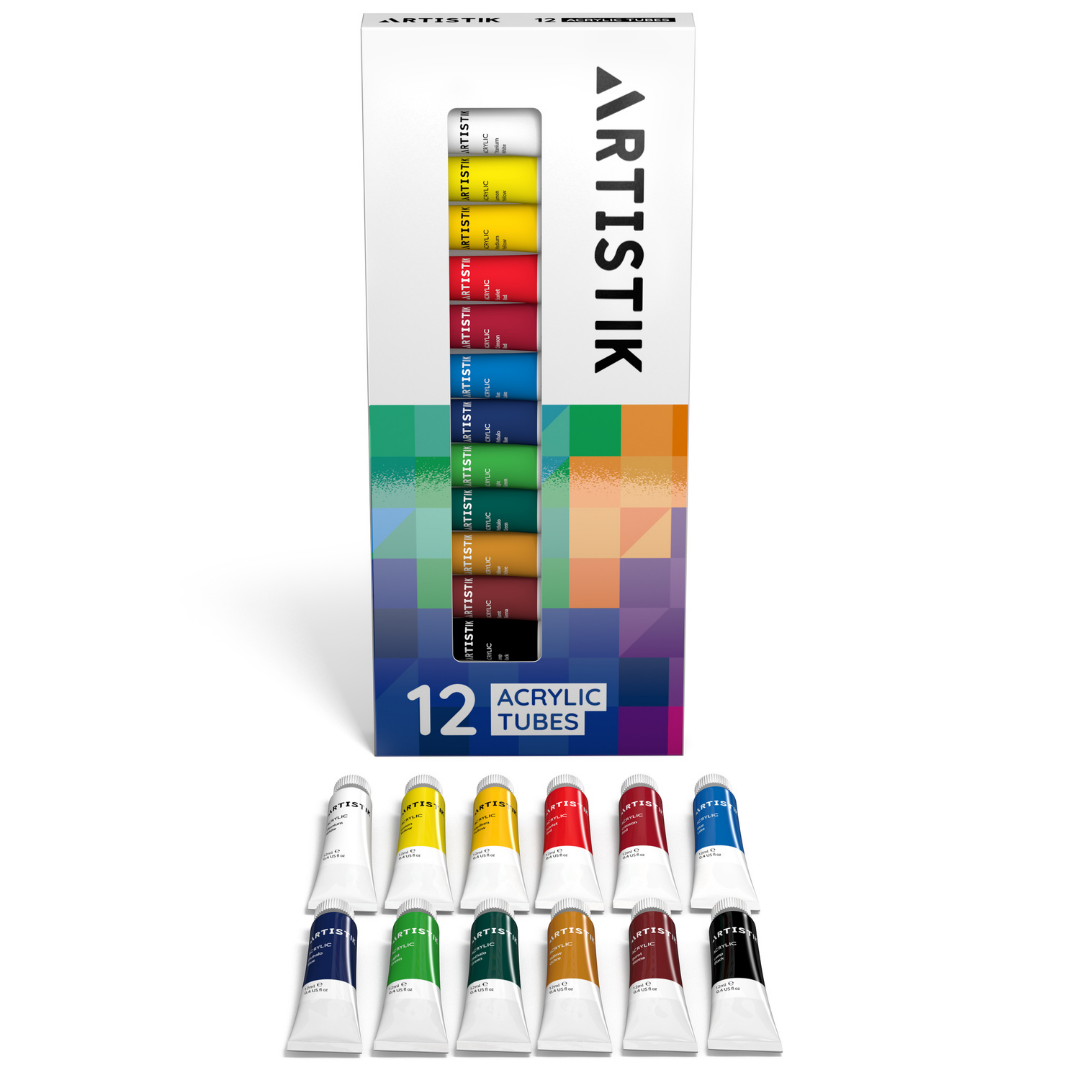Finding Inspiration in Nature: A Simple Guide to Watercolour Landscapes

Ever wondered why artists find endless inspiration in landscapes? The answer lies in the captivating beauty of nature – the rolling hills, serene lakes, and breathtaking sunsets that stir the imagination. In this guide, we'll explore the magic of painting watercolour landscapes, capturing the essence of the world around us. If you're curious about translating nature's charm onto paper, you're in for a delightful journey. Let's unravel the secrets and embark on a step-by-step adventure to create your own stunning watercolour landscapes.
The Allure of Landscape Painting
Artists throughout history have sought inspiration from the vast landscapes that surround us. The allure of nature lies in its ability to evoke emotions, tell stories, and inspire creativity. Whether it's the tranquil beauty of a mountain range or the rhythmic flow of a river, landscapes provide a canvas of endless possibilities.
Landscape painting allows artists to connect with the natural world, capturing its essence and bringing it to life on paper. The play of light, the harmony of colours, and the ever-changing moods of the sky become a source of inspiration for those who wield the brush. It's a timeless tradition that continues to captivate both seasoned artists and beginners alike.
Now, let's delve into the practical side of this artistic adventure. Whether you're a seasoned painter or just starting, our step-by-step guide will walk you through the process of creating stunning watercolour landscapes. No complex techniques – just simple tips to help you translate the beauty of nature onto your canvas.
Step 1: Get Your Brushes Ready
Before we jump into painting, let's ensure you have everything you need. Gather your materials – watercolour paper, paints, brushes, a palette, a jar of water, and something to wipe your brushes on, like a tissue. Having everything ready makes it easier to focus on the joy of painting.
Step 2: Choose Your Colours
Pick a few colours that resonate with the scene you want to paint. Whether it's the calming blues of a lakeside view or the warm hues of a sunset, select a palette that captures the essence of your inspiration. Simple choices make the painting process more enjoyable.
Step 3: Sketch Your Landscape
With a pencil, sketch the main elements of your landscape on the watercolour paper. Keep it simple – outlines of mountains, trees, a winding path, or any features that caught your eye. This sketch serves as your roadmap, guiding you through the painting process.
Step 4: Wet Your Paper
Use a clean, wet brush to moisten the entire surface of your watercolour paper. This simple step allows the colours to flow smoothly and creates a soft, blended effect. Ensure the paper is evenly moist but not overly wet.
Step 5: Paint the Sky
Start with the sky, using horizontal brushstrokes. If you're painting a sunset, introduce warmer tones near the horizon. Allow the colours to blend naturally on the wet paper, capturing the atmospheric beauty of the scene.
Step 6: Build the Background
Once the sky is dry, move on to the background elements, such as distant mountains or hills. Use lighter colours and less detail to create a sense of depth. Let the wet-on-wet technique work its magic for a soft transition between elements.
Step 7: Add Midground Elements
Progress to the midground, adding more detail to elements like trees, rocks, or a meadow. Use darker and more intense colours to bring these elements forward in the composition. Leave some white spaces for highlights to enhance the visual appeal.
Step 8: Focus on Foreground Details
The foreground is where you can add the most detail. Paint prominent features like trees, bushes, or a water's edge. Add texture and definition, remembering to vary your brushstrokes for a more natural look.
Step 9: Let It Dry
Allow your painting to dry completely before making any final adjustments or adding additional layers. Patience is key in watercolour painting, as colours often change as they dry.
Step 10: Reflect and Refine
Take a step back and reflect on your landscape. If there are areas that need refinement or additional details, go back in with a steady hand. Use this time to make any final adjustments and bring your vision to life.
Enjoy Your Painting Journey
As you wrap up your watercolour landscape, take a moment to appreciate the strokes, hues, and the story you've told on paper. Painting is about enjoying the process, and your journey is as unique as your masterpiece. So, with brush in hand, step back, reflect, and relish the satisfaction of creating your very own slice of nature. Happy painting!


















Leave a comment